Are Chipotle Chiles Hot? Unwrapping the Smoky Heat of This Beloved Pepper!
If you’ve ever taken a bite of a chipotle-laced dish and felt that slow-building fire dance across your tongue, you know these peppers pack a punch. But just how hot are chipotle chiles? In this article, we’ll explore everything from their origin to their heat level, flavor profile, culinary uses, and even tips for choosing the best ones at the store.
Whether you’re a home cook looking to spice up your meals or a spice enthusiast curious about the science behind the burn, this guide has got you covered. Let’s dive into the smoky, spicy world of chipotle chiles!
Table of Contents
- What Are Chipotle Chiles?
- The Scoville Scale: Where Do Chipotles Rank?
- Breaking Down the Heat: What Makes Chipotles Spicy?
- Flavor Profile: Smoke, Sweetness, and Fire
- Cooking with Chipotle Chiles: Tips & Tricks
- Buying Guide: Which Chipotle Product Should You Choose?
- Frequently Asked Questions About Chipotle Chiles
- Conclusion
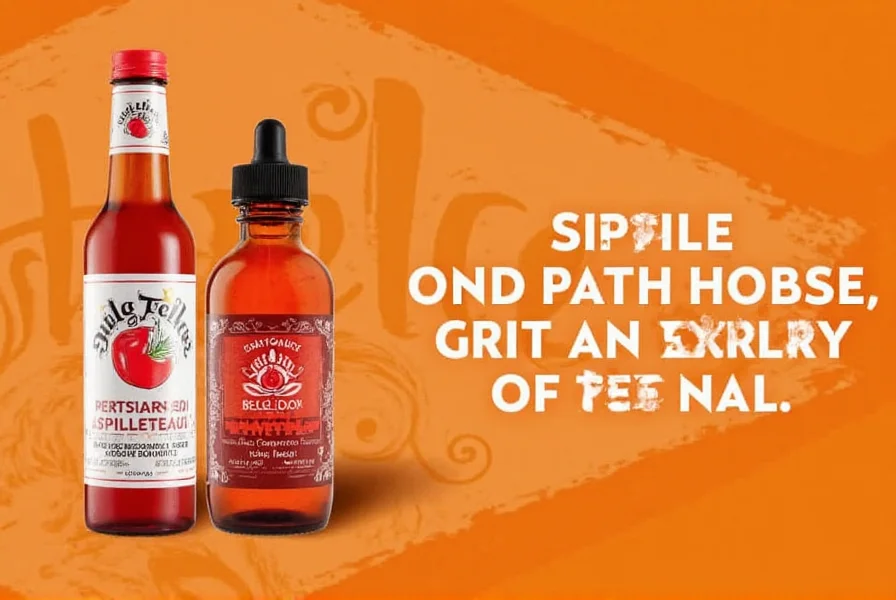
What Are Chipotle Chiles?
Chipotle chiles are simply smoked and dried jalepeño peppers. Originating from Mexico, they’re a staple in traditional Mexican and Tex-Mex cuisine. The word "chipotle" comes from the Nahuatl language, where "chilpoctli" means "smoked chili." Unlike fresh jalapeños, which can be eaten raw or pickled, chipotles undergo a drying process that intensifies both their flavor and heat.
There are two main forms of chipotle chiles you’ll find:
- Whole Dried Chipotles – Great for grinding into powder or rehydrating before use.
- Chipotle in Adobo Sauce – A canned version packed in a tangy, tomato-based sauce that adds depth to sauces, marinades, and soups.
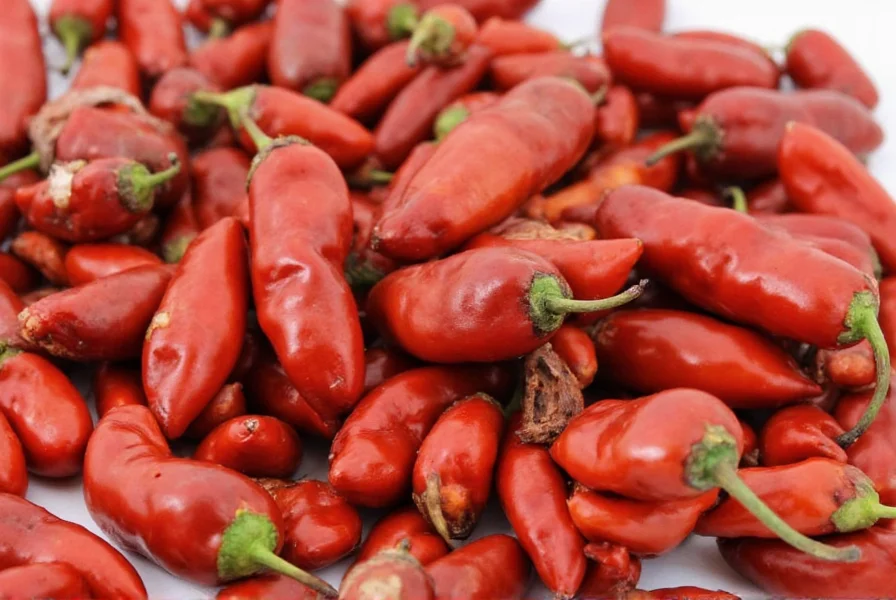
The Scoville Scale: Where Do Chipotles Rank?
To understand if chipotle chiles are hot, it helps to look at the Scoville scale, which measures the spiciness of chili peppers based on their capsaicin content. Capsaicin is the compound responsible for the burning sensation we associate with spicy foods.
Here's how chipotles compare to other popular peppers:
| Pepper | Scoville Heat Units (SHU) | Description |
|---|---|---|
| Chipotle Chiles | 2,500 - 8,000 SHU | Medium to moderately hot with smoky undertones |
| Jalapeño Peppers (Fresh) | 2,500 - 5,000 SHU | Mild to medium, depending on ripeness and preparation |
| Hatch Green Chile | 1,000 - 8,000 SHU | Variety-dependent; often roasted for sweeter flavor |
| Habanero Pepper | 100,000 - 350,000 SHU | Fruit-forward but extremely hot |
| Ghost Pepper (Bhut Jolokia) | ~1,000,000 SHU | Super-hot pepper for extreme spice lovers |
Breaking Down the Heat: What Makes Chipotles Spicy?
The heat in chipotle chiles comes primarily from capsaicin, which increases as the jalapeño matures and dries. During the smoking and drying process, the water content drops significantly, concentrating the flavors and heat compounds.
- Ripeness: Fully mature red jalapeños make hotter chipotles than green ones.
- Drying Process: Smoking over wood fires enhances not only flavor but also perceived heat due to caramelization of sugars and Maillard reactions.
- Capsaicin Concentration: Since chipotles are dried, the capsaicin becomes more potent per gram compared to fresh jalapeños.
So yes—chipotle chiles are definitely hot, especially when used in large quantities or consumed without dilution in other ingredients.
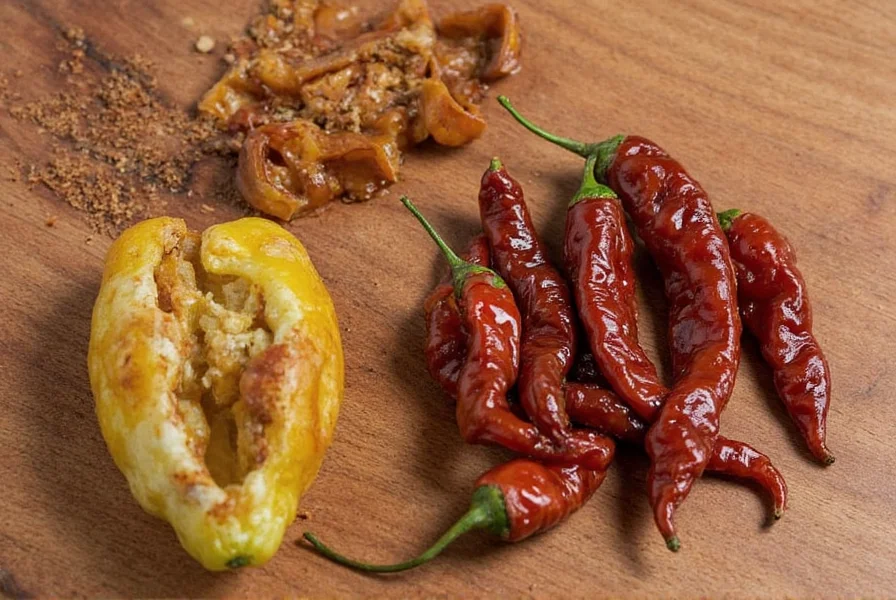
Flavor Profile: Smoke, Sweetness, and Fire
While heat is an important factor, what really sets chipotle chiles apart is their unique flavor profile. Here's a breakdown of the sensory experience you get with chipotles:
- Smoke: The hallmark of chipotle chiles is their deep, wood-fired aroma that comes from the smoking process.
- Sweetness: As jalapeños ripen to red, natural sugars develop. These caramelize slightly during smoking, adding subtle sweetness.
- Spice: Medium-level heat that builds slowly and lingers—a signature trait loved by many chefs and home cooks alike.
This complex interplay of flavors makes chipotles versatile in cooking, whether you're making barbecue sauces, stews, or creamy dips.
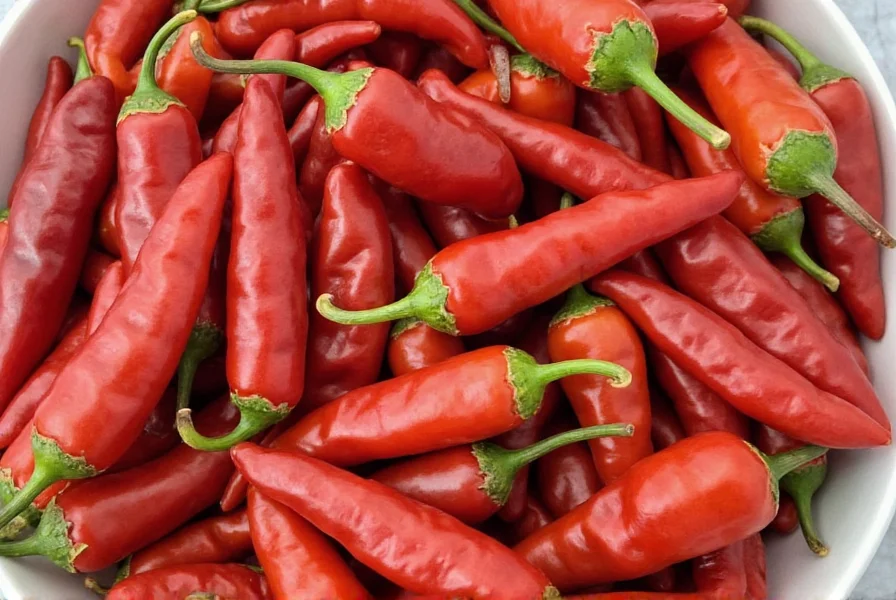
Cooking with Chipotle Chiles: Tips & Tricks
Using chipotle chiles effectively requires some know-how. Here are a few expert-approved tips to help you master them in your kitchen:
Tip #1: Rehydrate Whole Dried Chipotles Before Use
If you're using whole dried chipotles, soak them in hot water or broth for about 20–30 minutes to soften them. This also allows you to blend them easily into sauces or salsas.
Tip #2: Don’t Underestimate the Adobo Sauce
When using canned chipotles in adobo, the sauce itself is a powerhouse of flavor. Add a spoonful to mayonnaise, ketchup, or salad dressings for an instant kick.
Tip #3: Control the Heat by Adjusting Seed Content
Most of the capsaicin is concentrated in the seeds and inner membranes. For milder dishes, remove the seeds before using the chile.
Tip #4: Store Them Properly
Store dried chipotles in an airtight container in a cool, dark place. They’ll keep for up to a year. Opened cans of chipotles in adobo should be refrigerated and will last for about 2–3 weeks.
Tip #5: Balance with Creamy Ingredients
Cooling agents like sour cream, yogurt, avocado, or lime juice work wonders to balance out the smoky heat of chipotle in your dishes.

Buying Guide: Which Chipotle Product Should You Choose?
Choosing the right chipotle product depends on your recipe and personal preference. Below is a comparison of the most common types available in stores and online:
| Product Type | Flavor Strength | Heat Level | Best Use Cases | Target Audience |
|---|---|---|---|---|
| Whole Dried Chipotle Chiles | Strong, robust, smoky | Medium to high | Grinding into powder, rehydrating for sauces, infusing oils | Home cooks, chefs, DIY spice lovers |
| Chipotle in Adobo (Canned) | Tangy, bold, balanced | Medium | Sauces, marinades, dressings, tacos, soups | Beginners to intermediate cooks |
| Chipotle Powder | Concentrated, earthy, intense | High | Dry rubs, seasoning blends, BBQ, grilled meats | BBQ enthusiasts, spice mixers |
| Chipotle Paste | Thick, rich, deeply smoky | Medium to high | Stir-fries, dips, pizza toppings, burger glazes | Busy cooks who want convenience |
Top Picks
- Best Canned Option: La Costeña Chipotle in Adobo – Consistent quality, perfect texture, and well-balanced heat.
- Best Dried Option: Santa Cruz Organic Whole Chipotle Peppers – Sustainably sourced, naturally smoked, great for grinding or rehydration.
- Best Powder: Spice Hunter Chipotle Chile Powder – Pure, no additives, ideal for dry rubs and marinades.
- Best Paste: Don Julio Chipotle Paste – Rich, smoky, and convenient for everyday use.
Frequently Asked Questions About Chipotle Chiles
Can I substitute chipotle chiles with something else?
If you need a smoky flavor without the heat, try paprika or smoked paprika. For a similar heat level with less smoke, serrano peppers are a good alternative. If you want both heat and smokiness, you could use pasilla or ancho chiles with a touch of liquid smoke.
How long do chipotle chiles last?
Whole dried chipotles can last up to a year if stored properly. Once opened, canned chipotles in adobo should be refrigerated and used within 2–3 weeks. Freeze extra pieces in ice cube trays for longer storage.
Are chipotle chiles safe for kids?
Yes, but moderation is key. The smoky flavor can enhance dishes without being overpowering if used sparingly. Remove seeds and membranes for milder results.
Are chipotle chiles gluten-free?
Yes! Pure chipotle chiles and adobo sauce are naturally gluten-free. However, always check the label of commercial products to ensure no cross-contamination or added preservatives.
Conclusion
So, are chipotle chiles hot? Absolutely—they deliver a medium-to-moderate heat level that builds gradually, thanks to their capsaicin content and the smoking process. But beyond the burn lies a complex flavor profile marked by deep smokiness, slight sweetness, and a lingering warmth that elevates countless dishes.
From creamy sauces to smoky marinades and zesty dips, chipotle chiles are a versatile ingredient that deserves a spot in every spice lover’s pantry. Whether you’re a seasoned chef or a curious beginner, understanding how to choose, prepare, and balance chipotle chiles will open up a world of delicious possibilities.
So go ahead—add a little chipotle magic to your next meal. Your taste buds (and your guests) will thank you!

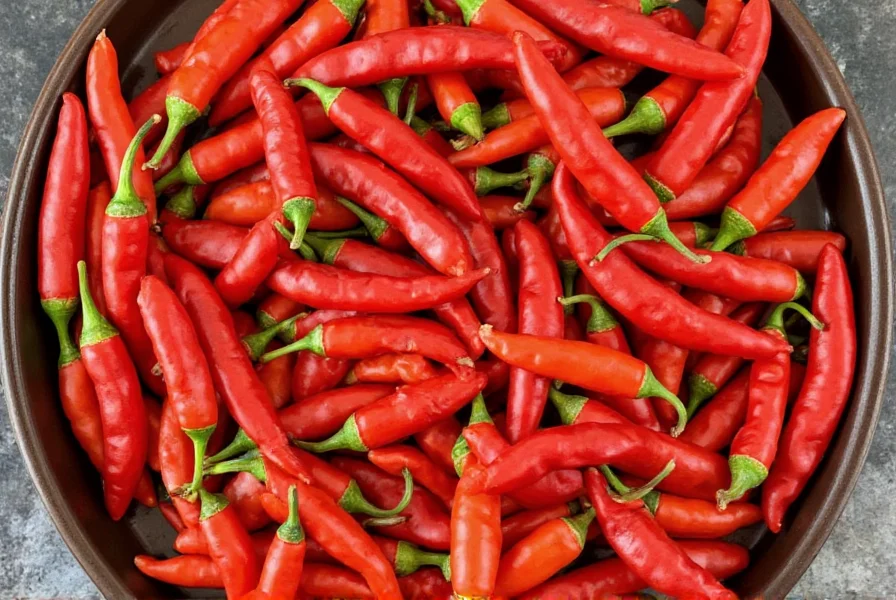









 浙公网安备
33010002000092号
浙公网安备
33010002000092号 浙B2-20120091-4
浙B2-20120091-4